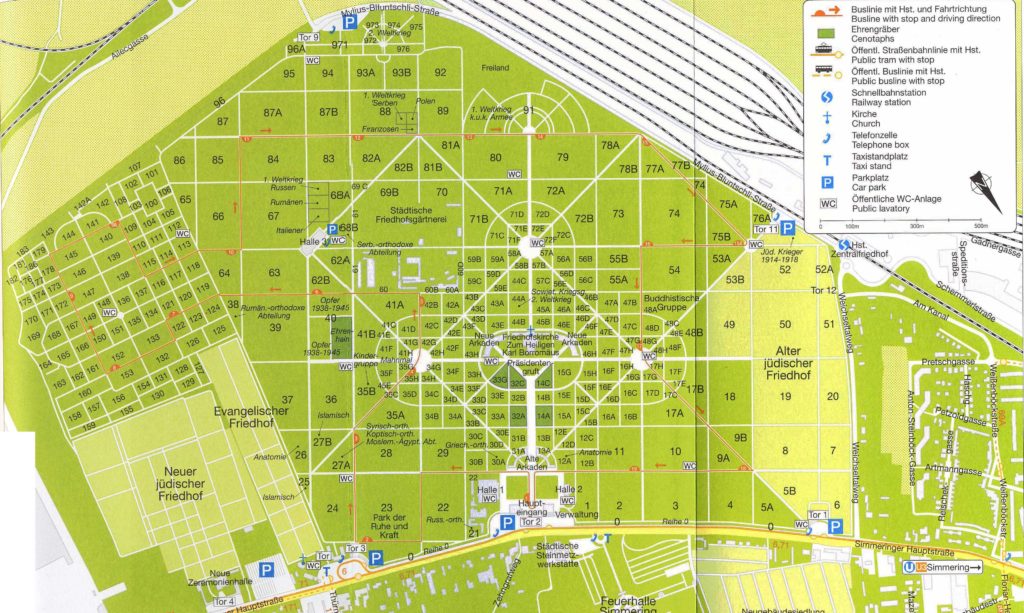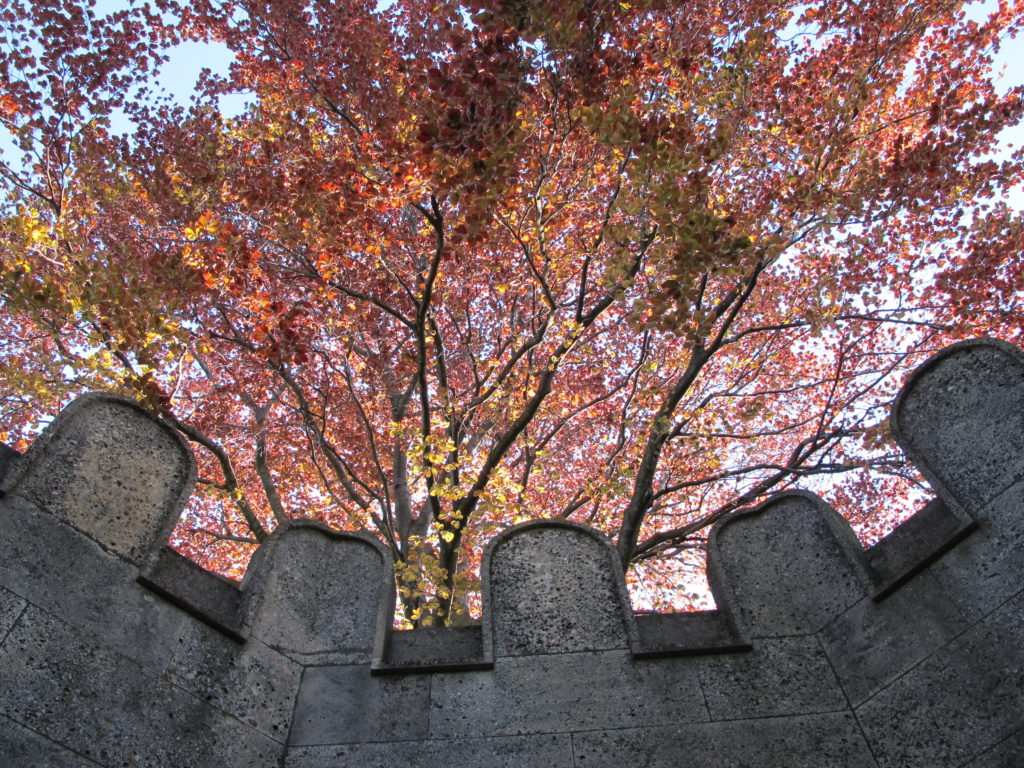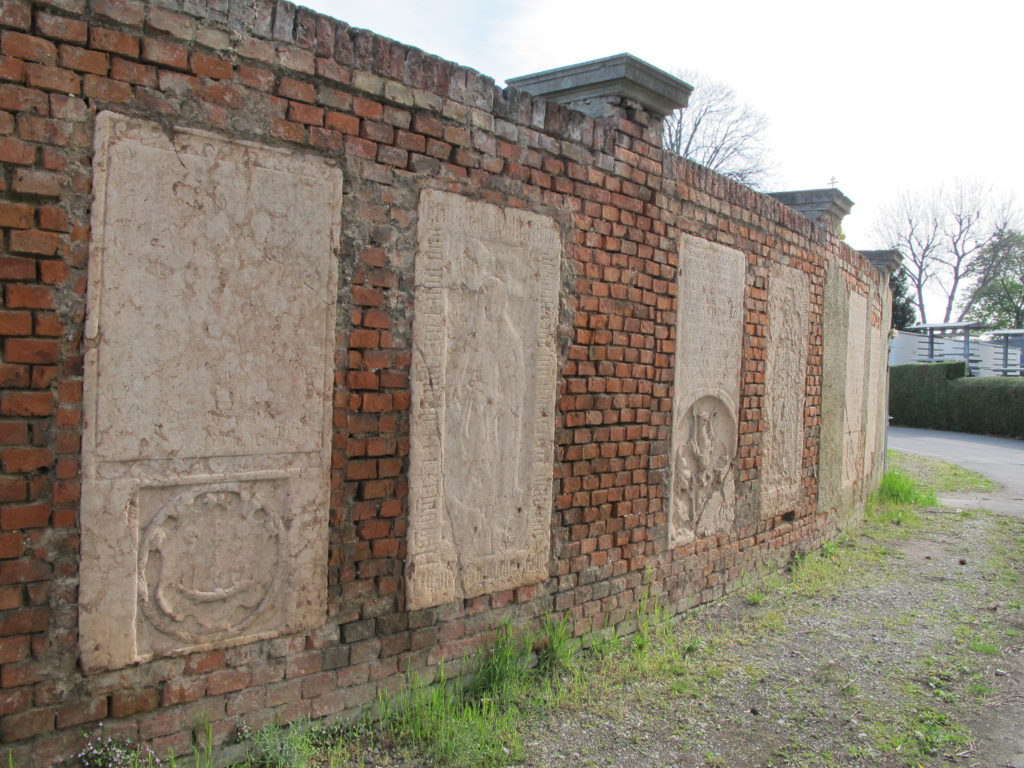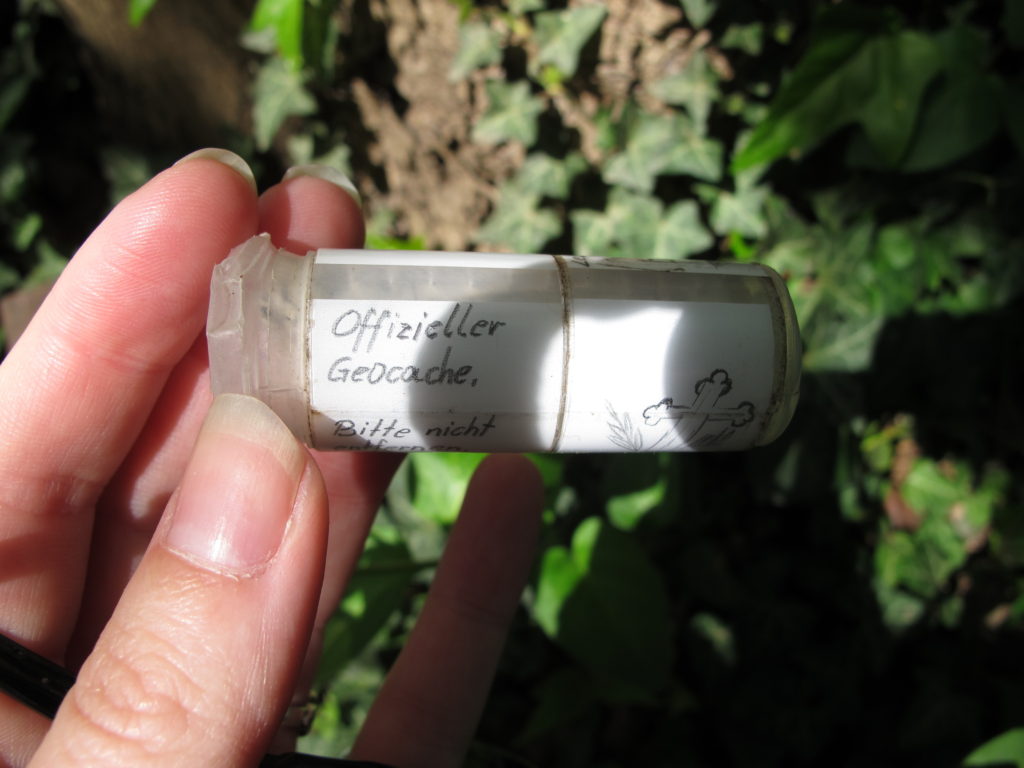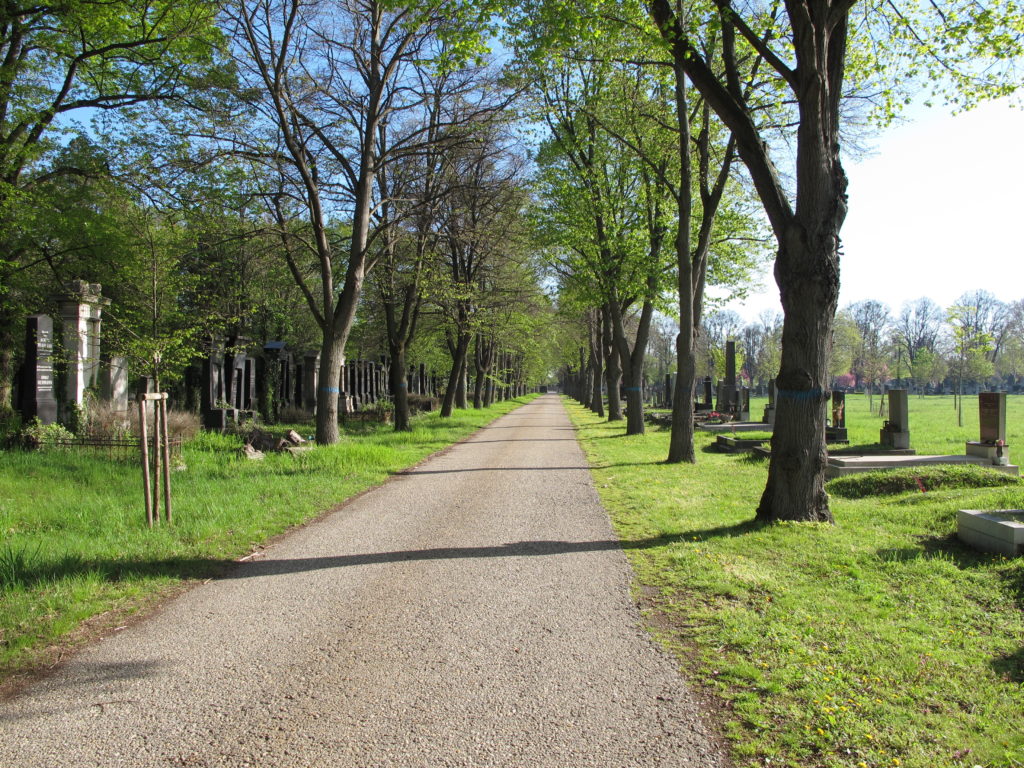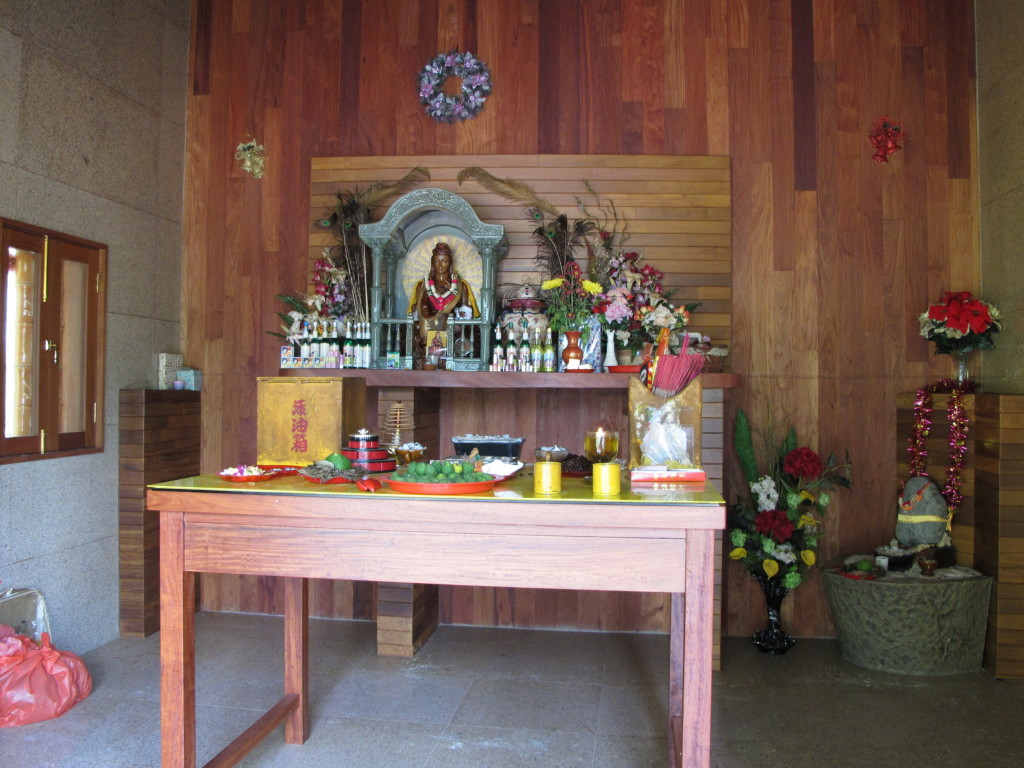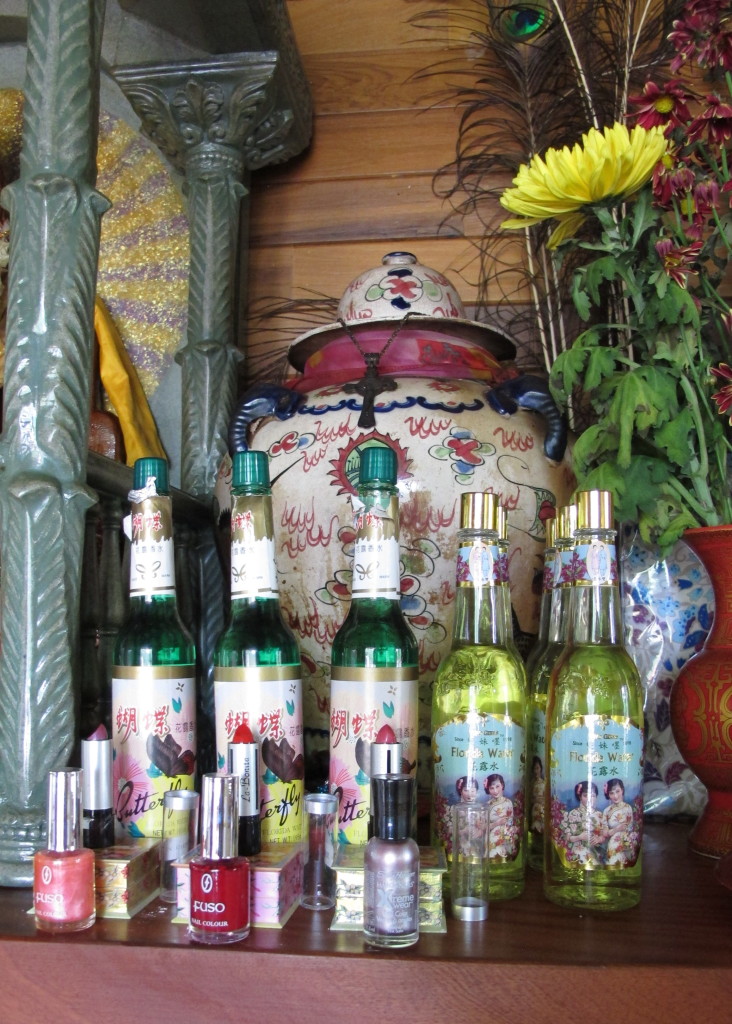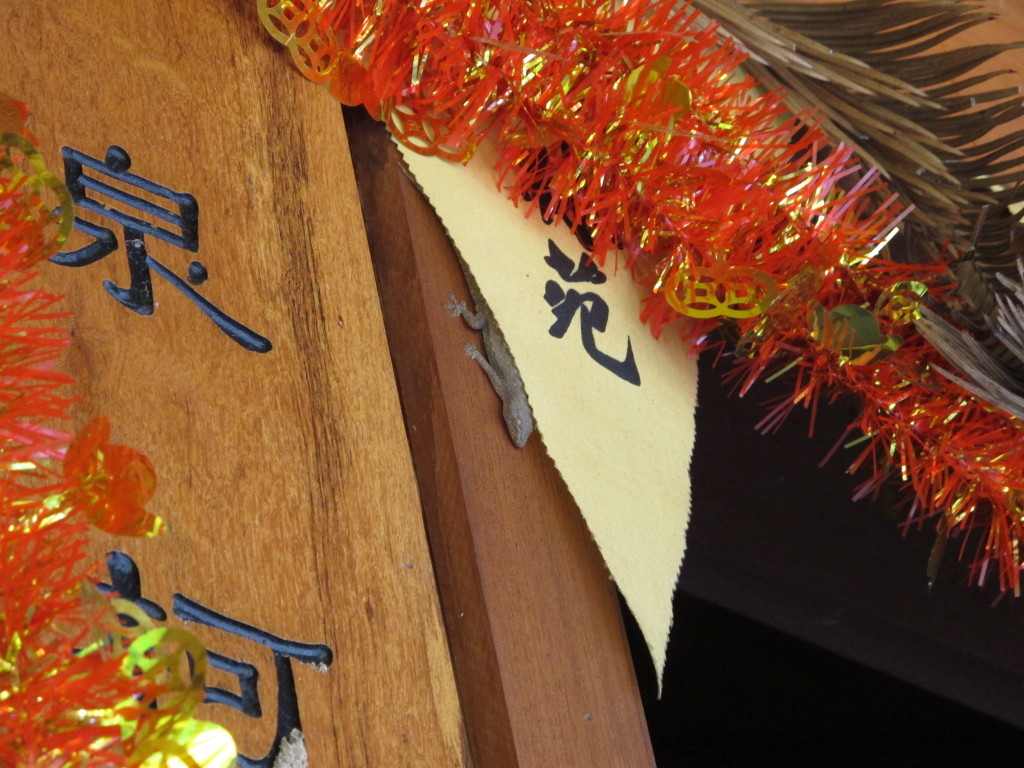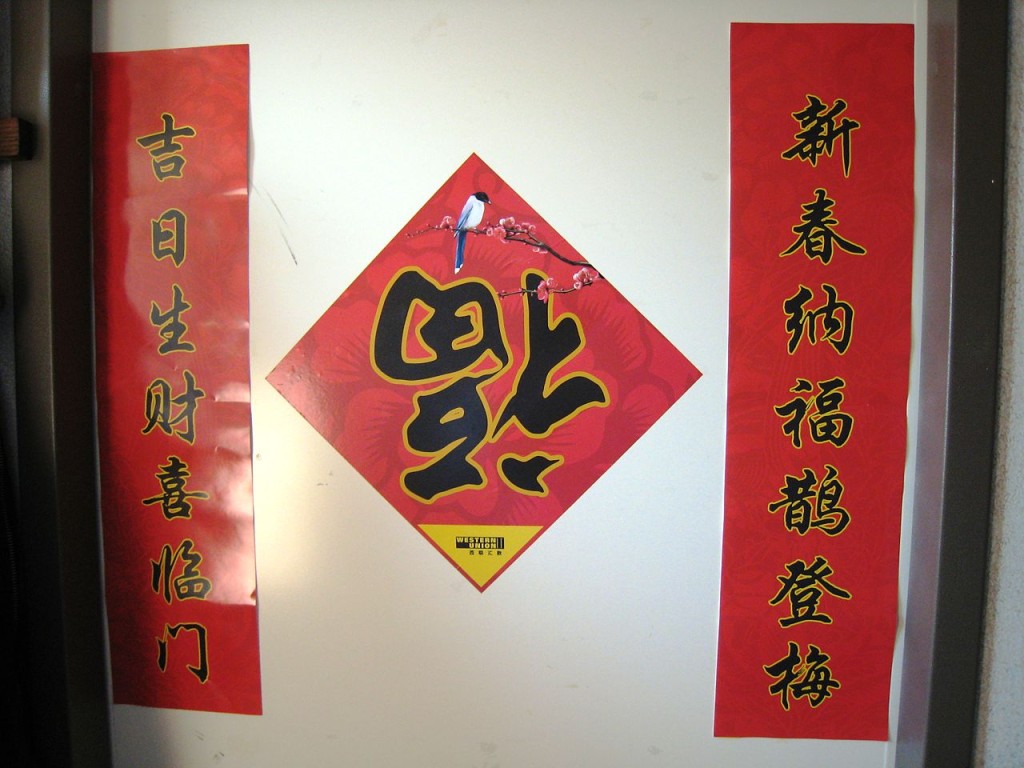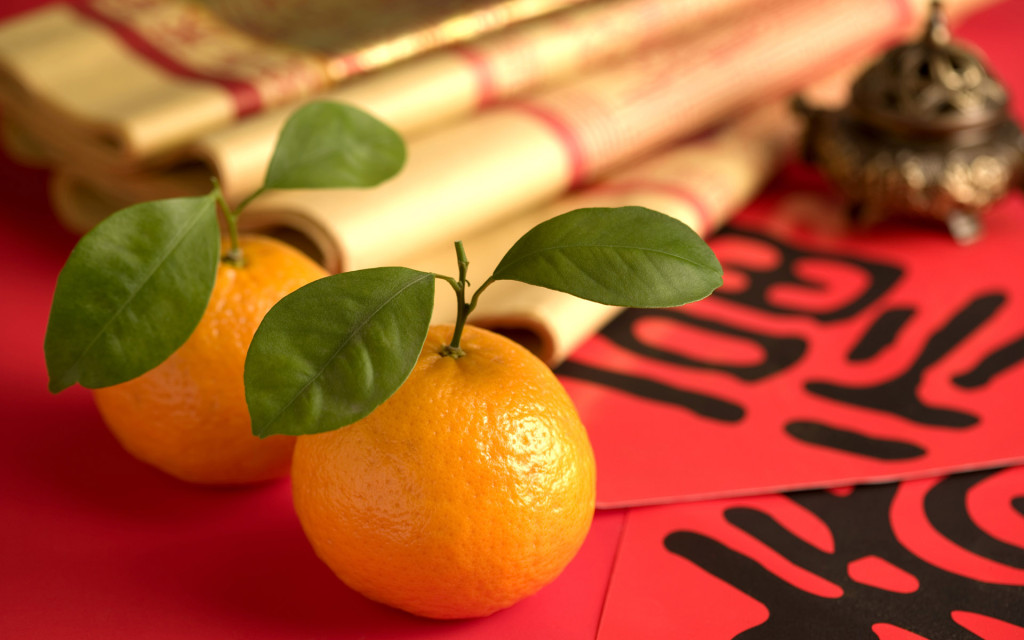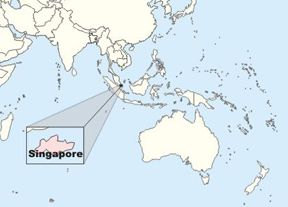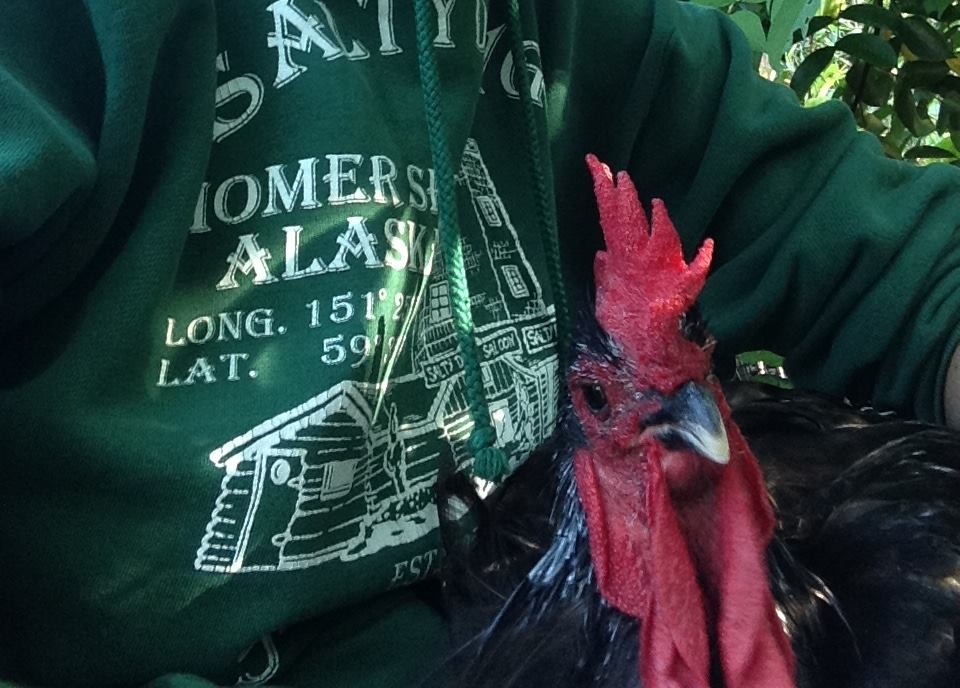Spiritual Singapore: Field Trip to Kusu Island
Location: Southern Islands of Singapore
Part 1: Background and Malay Shrine
In the southern islands of Singapore there is a very small stretch of land called Kusu Island. Kusu is located around 5.6 kilometers from Singapore and is accessed by boat from Marina South Pier. This island also happens to be the site of a massive yearly pilgrimage, so to continue my exploration of local lore in Singapore I decided to check it out in the off season. First I would like to give you a little history of the island before we get into the legends.
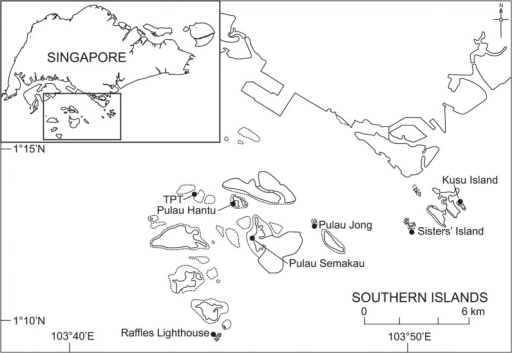
Map of Singapore showing location of the Southern Islands and Kusu Island
Historically Kusu Island was just two small outcrops on a shallow reef, and wasn’t enlarged until 1975 when the area between the outcrops was filled and increased from 1.2 hectares to 8.5 hectares.


In 1616 Dom Jose De Silva, the Spanish Governor of the Philippines was on his way home with a fleet of 10 galleons and 2 galleys when his galleon was grounded on the reef near the island. It has been traditionally believed that this accident happened on Kusu reef and the island thus became known in the 17th century as “Governor’s Island” and the straits of SIngapore became known as “Governor’s Straits”. In 1806 it was renamed “Goa Island” for an unknown reason by the Hydrographer James Horsburg from the British East India Company. In 1822 a signal station with a signal mast was erected on the island and manned by staff from the Harbour Master’s Department.
So where does the name Kusu come from? Kusu is “Tortoise Island” in Chinese, but the island is also known as “Peak Island” or “Pulau Tembakul” in Malay with means Mudskipper Island.

Mudskippers being mudskippers. They are awesome.
So why is this island special? This island has a Malay shrine and a Chinese temple, and during the Kusu Festival in the ninth lunar month every year there are thousands of devotees that come to the island to pray for good health, peace, happiness, good luck, and prosperity. The devotees had to make their way to the islands via sampans or bumboats up until 1975 when regular ferry service began after the land reclamation.
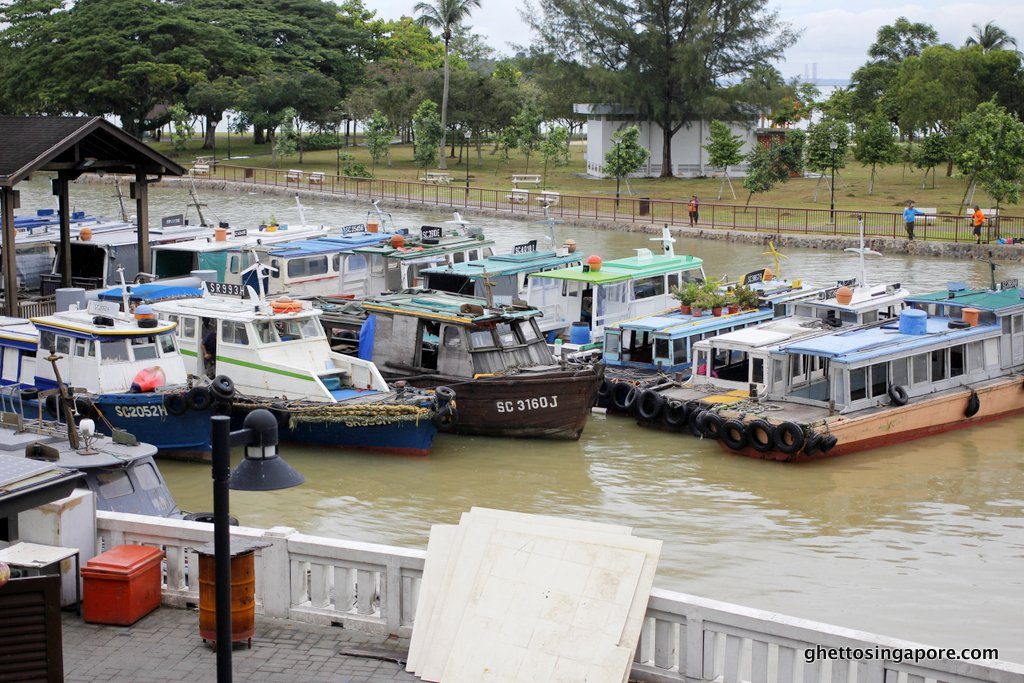
Bumboats

Sampan
There are several stories associated with this island so I am going to just list a few.
- From Favorite Stories from Singapore by Monteiro and Watson: Around 150 years ago two holy men, Dato Syed Rahman (an Arab) and Yam (Chinese), made a meditation and fasting trip to Kusu. During this trip Yam fell ill and Syed prayed fervently for him. Through the intervention of supernatural forces, food and water were provided from a boat and this saved their lives. Syed and Yam became sworn brothe
- Sailors that were shipwrecked in the waters near Singapore during the Ninth Lunar Month centuries ago and were rescued by a giant turtle that turned itself into an island.
- Long ago, two fisherman were shipwrecked while working in the waters near Kusu. A giant turtle saw them and transformed into an island to provide sanctuary for the shipwrecked fishermen to land.
- More than a hundred years ago an Arab named Syed Abdul Rahman left Singapore in search of peace with his wife and daughter. While traveling in their sampan they were caught in a storm which capsized their boat. They were spotted by a giant tortoise who brought them safely to an island. Legend has it that their lost sampan was also returned to them but it was loaded with food.
- Centuries ago passengers on board a ship were all stricken by an epidemic but as soon as they dropped anchor near the island all were recovered.
- In 1923 the Merchant God or God of Prosperity Da Bo Gong is said to have taken root on Kusu when a wealthy businessman Chia Cheng Ho donated money to build a temple in honor of the Merchant God

map of Kusu Island itself. The two shrines are built on the original outcrops
As I said there are two temples on the island, one Maylay and one Chinese. We first visited the Maylay Temple on the largest outcrop and hill. This shrine is called a kramat and there are actually three of them. They were built to commemorate a pious family: Syed Abdul Rahman (recognize that name?), his mother Nenek Ghalib, and his sister Puteri Fatimah, who lived in the 19th century. These three shines to these Malay Saints sit at the top of 152 stairs.

The entrance to the Malay shrine there is a set of “up” stairs and “down” stairs. This is the up stairs.

Walking up the stairs to the shrine

First view of the Malay shrine.

Yellow outdoor shrine. The rocks are painted yellow and prayers are written on them
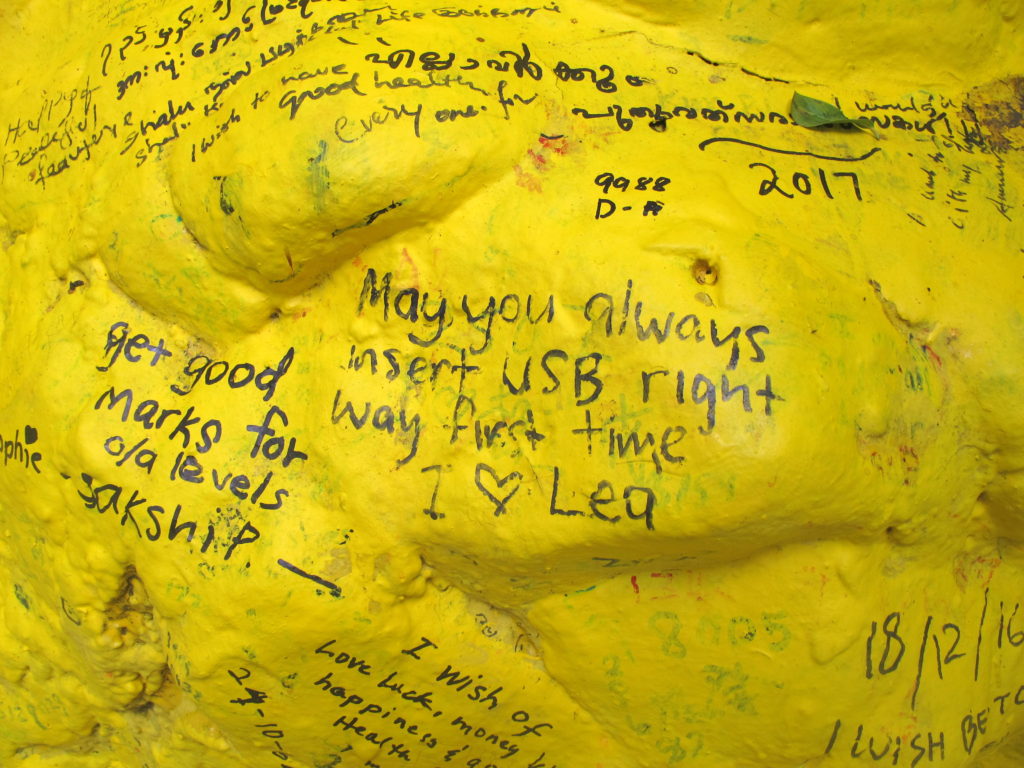
A modern blessing. May you always insert USB right way first time. Thank you Lea
Devotees pray for wealth, marriage, fertility, good health and harmony. And the shines are said to be popular with childless couples seeking to start a family.

Main shrine area

Secondary shrine to the mother and daughter.
I was told that the prayers are written on the yellow paint, or on yellow cloth and tied on the way down.

prayers tied to plants
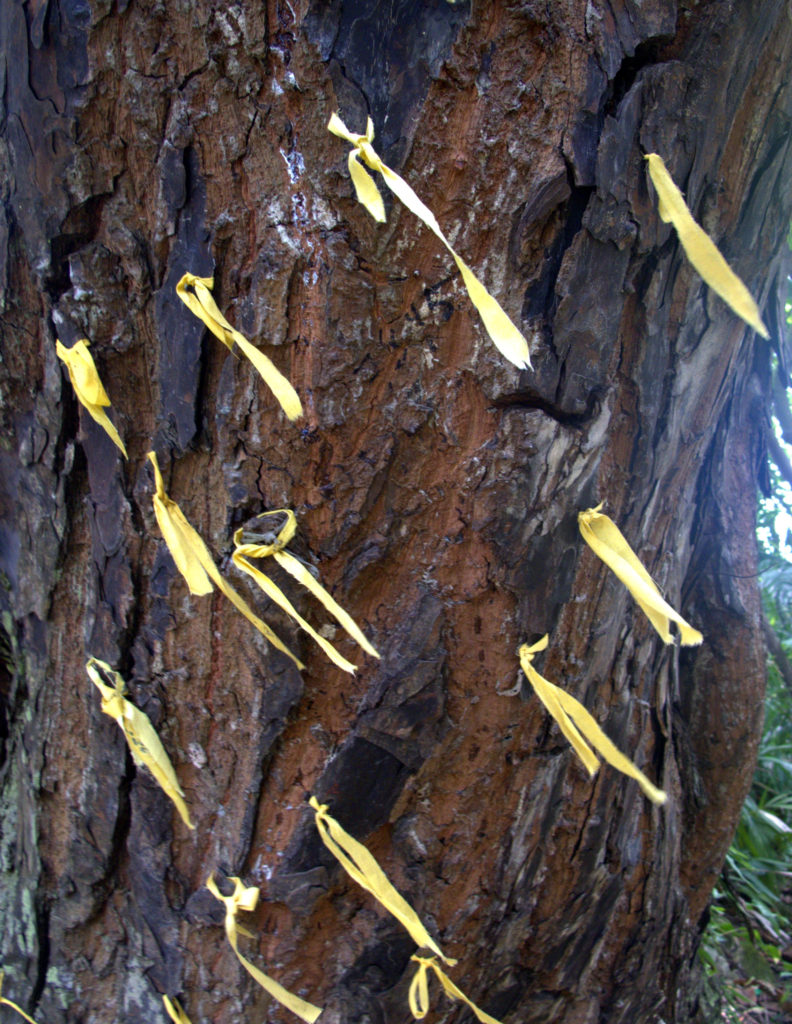
prayers tied on a tree

more prayers
This shrine is located on the largest outcrop on the island. This island as stated before was originally just two outcrops on a section of reef off another of the small southern islands off Singapore. This island is most likely a remnant from erosion.

outcrop of Jurong Formation
Stay Tuned for Part 2! The Chinese shrine! (these always take longer to write and upload than I expect!)
References:
Park Signs
https://thelongnwindingroad.wordpress.com/tag/kusu-island/
http://iyor08singapore.blogspot.sg/2008/02/kusu-island-isle-of-history.html
https://remembersingapore.org/2014/11/27/tour-of-kusu-st-johns-lazarus/
http://biodiversitywarriors.org/m/article.php?idj=6548
http://www.purpleimages.co.uk/singapore-harbour.html
http://www.ghettosingapore.com/bumboats-in-singapore/
